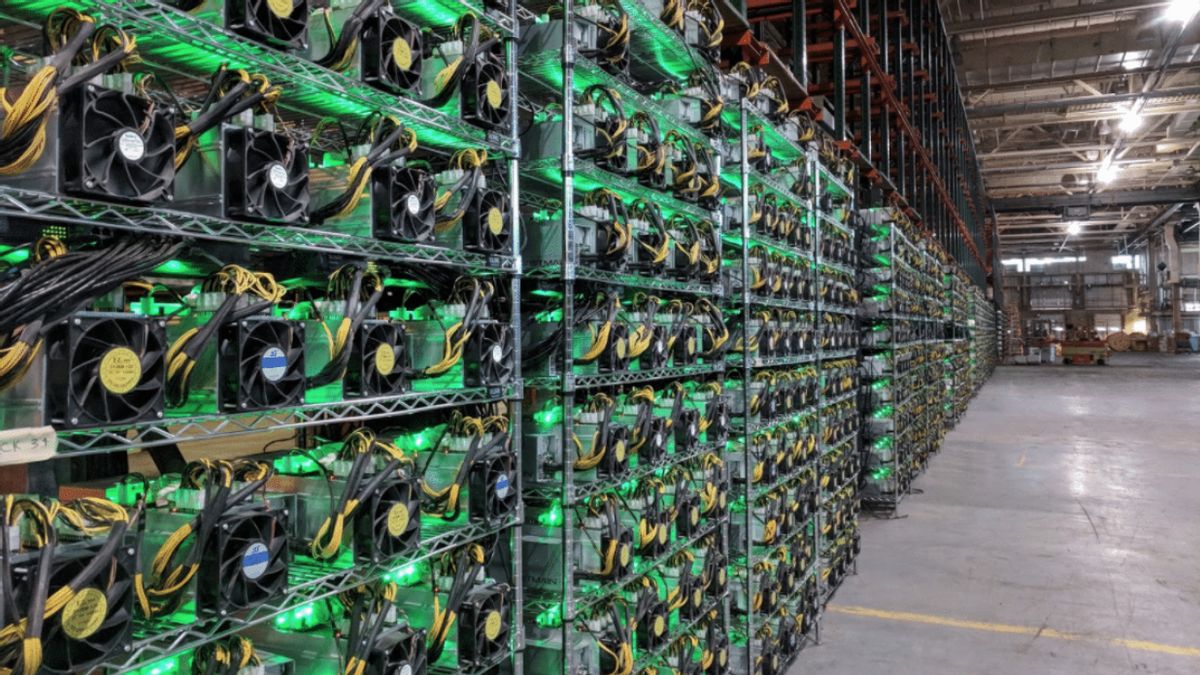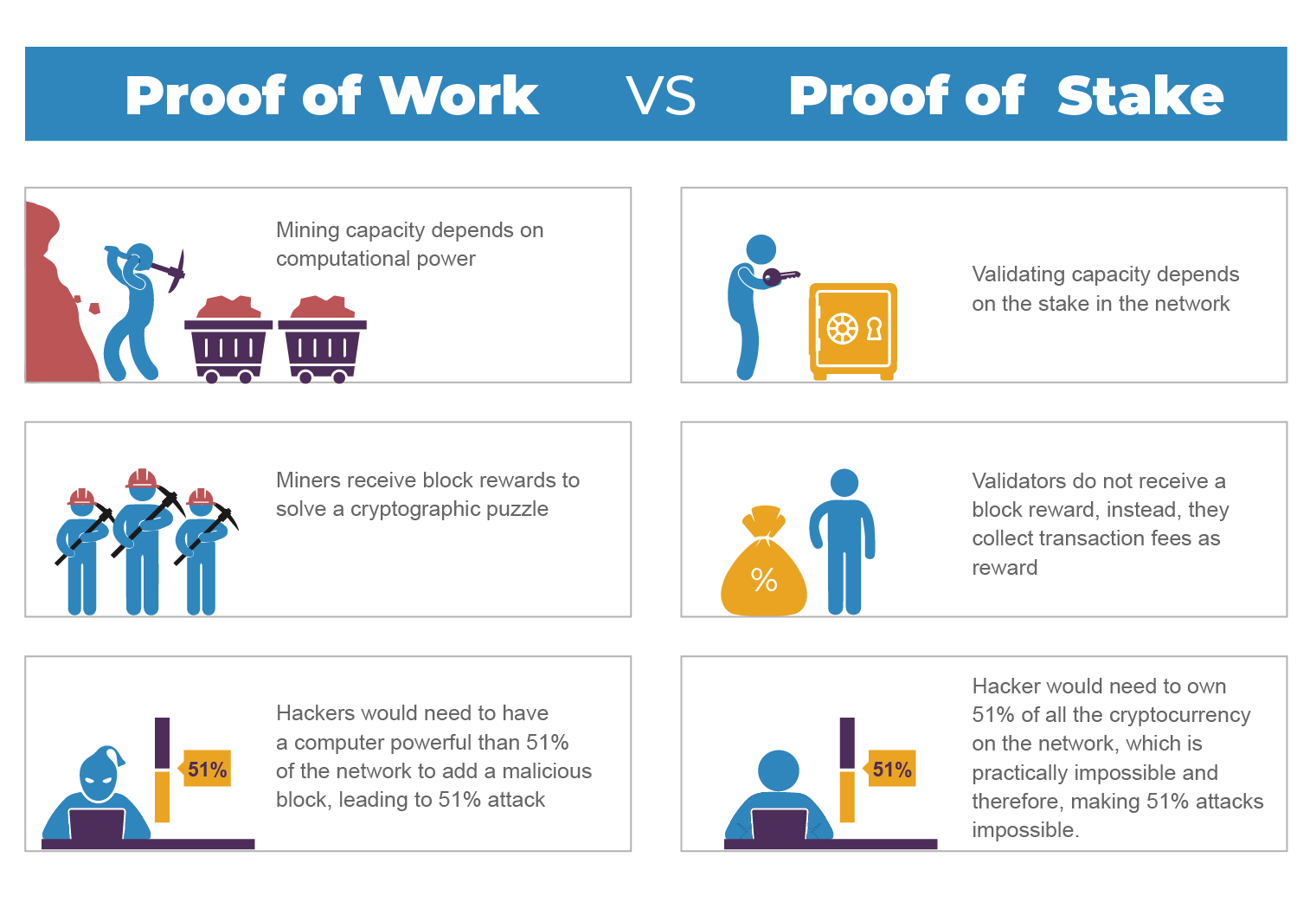Bitcoin (BTC) has transformed from a niche experiment to a global financial phenomenon. Whether you’re a crypto newbie or a seasoned hodler, understanding its roots, how it’s mined, and its transaction mechanics can shed light on why it’s such a big deal. Let’s dive into the history of BTC, unpack the mining process, explore transaction dynamics, and peek at what happens when all the coins are mined—complete with some visuals to keep it lively.
The History of Bitcoin: From Whitepaper to World Stage
Bitcoin kicked off in 2008 when an anonymous figure, Satoshi Nakamoto, published the whitepaper “Bitcoin: A Peer-to-Peer Electronic Cash System.” Released amidst the global financial crisis, it proposed a decentralized digital currency free from banks or governments. On January 3, 2009, Satoshi mined the genesis block, embedding a headline from The Times: “Chancellor on brink of second bailout for banks”—a subtle jab at centralized finance.
The early days were quiet—geeks and cypherpunks traded BTC for fun. In 2010, the famous “pizza transaction” saw 10,000 BTC swapped for two Papa John’s pizzas, valuing BTC at pennies. By 2013, it hit $1,000, fueled by growing adoption and media buzz. The 2017 bull run pushed it to nearly $20,000, cementing its status. Today, as of March 07, 2025, BTC’s price fluctuates, but its influence endures—spawning thousands of altcoins and a blockchain revolution.

What Is Mining? GPUs, Guesses, and Rewards
Bitcoin mining is the backbone of its network—securing transactions and creating new coins. It’s like a global math competition powered by hardware.
- How It Works: Miners use computers (often GPUs—graphics processing units) to solve complex cryptographic puzzles. They’re guessing a value (a “nonce”) that, when hashed with transaction data using the SHA-256 algorithm, produces a hash below a target number set by Bitcoin’s difficulty. This “proof of work” is computationally tough—think brute-forcing a 256-bit key.
- The Reward: The first miner to find the correct nonce gets to add a new block to the blockchain, recording recent transactions (e.g., “Alice sent Bob 0.5 BTC”). As of 2025, the reward is 3.125 BTC per block (halved from 6.25 BTC in 2024), plus transaction fees. That’s the incentive—guess right, get paid!
- GPU Role: Early miners used CPUs, but GPUs took over by 2011—faster at parallel calculations, they crunched hashes like champs. Today, ASICs (Application-Specific Integrated Circuits) dominate, but GPUs still linger in smaller setups.
Each block takes about 10 minutes to mine, adjusted by Bitcoin’s difficulty algorithm to keep the pace steady as more miners join. It’s a race—your GPU’s hashing power (e.g., MH/s—megahashes per second) determines your odds.

Transaction Rates, Limitations, and Speed
Bitcoin’s transaction system is secure but has trade-offs:
- Transaction Rate: A block (1 MB avg) holds ~2,000-3,000 transactions. With one block every 10 minutes, that’s ~4-7 transactions per second (TPS). Compare that to Visa’s 1,700 TPS—it’s slow by design for decentralization.
- Limitations:
- Block Size: Fixed at 1 MB (with SegWit, up to 4 MB effective), limiting throughput. Proposals like the 2017 block size increase failed, splitting off Bitcoin Cash.
- Fees: Miners prioritize high-fee transactions—low fees mean delays during congestion.
- Scalability: Layer-2 solutions like the Lightning Network (off-chain payments) boost speed, but core BTC stays conservative.
- Speed: A transaction needs 6 confirmations (new blocks) for full security—~60 minutes. Unconfirmed can show in wallets faster, but it’s riskier.
It’s like a congested network link—secure, but throughput’s capped. Lightning Network acts like a VPN tunnel, speeding up small payments.

What Happens When All BTC Is Mined?
Bitcoin has a hard cap of 21 million coins, set by its code. By 2025, ~19.5 million are mined, with the last BTC expected around 2140 due to halving:
- Halving: Every ~4 years (210,000 blocks), the block reward halves—6.25 BTC (2020) to 3.125 BTC (2024), then 1.5625 BTC (2028), etc. This slows issuance.
- Endgame: When all 21 million BTC are mined, no new coins are created. Miners will rely solely on transaction fees.
- Impact:
- Miners: Fees must cover costs (electricity, hardware)—mining could consolidate to high-fee regions or efficient rigs.
- Network: Security depends on miners staying active. If fees don’t incentivize enough, hash rate might drop, though experts predict fee markets will adapt.
- Value: Scarcity could drive BTC’s price higher, assuming demand holds.
It’s like a network running out of IP addresses—usage fees (transaction costs) keep it humming.
